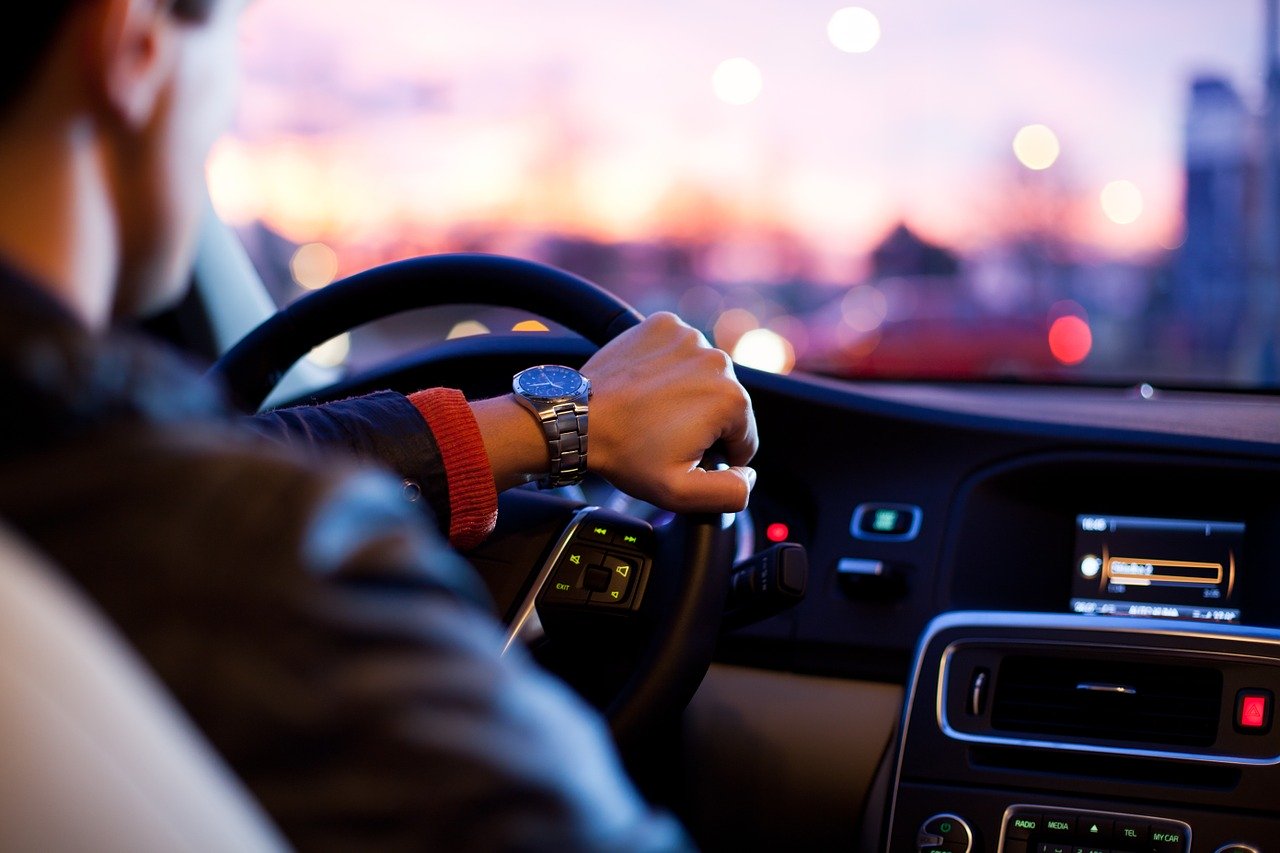Technology has changed a number of aspects of our everyday lives and has led to increased efficiency. But when it comes to driving, has it helped or hindered the process? In this article, we will be looking into some of the ways that technology has improved safety on our roads in the last 10 years. We will also consider how technological advancements and increased road safety may help people with driving anxiety.
How Technology Makes Cars Safer
Technology has been implemented in a number of different ways in our cars, but by far one of the most important is sensors. With lane departure sensors and reverse sensors, this is a simple way of ensuring that you are safe as the driver. These sensors are specially designed to help you with blind spot and reduce the risk of crashes.
Smarter Vehicles Lead To Less Crashes
In addition to making cars safer, technology can also help vehicles to become “smarter” and prevent crashes. With assisted braking, lane departure warnings, and blind-spot detection, technology can help to fill in the gaps that your eyes may not be able to see. This, therefore, reduces crashes on the road and prevents traffic accidents. In addition to this, there are a number of Honda models that have brand new technology to help improve the morning commute and keep you and your family safe regardless of the distance that you are driving. A number of vehicles also have heated windscreens, ultra-bright headlights and adaptive driving settings to help reduce the risk of road accidents in the winter months.
Black Boxes Help To Maintain Speed
Besides the advanced technology that helps improve the functions of the car, there is also the addition of a black box. This is used by a number of first-time drivers to combat the high prices of insurance, but it can also be used to reduce speed. When a black box is fitted, the driver is required to stick to the speed limit. This will, therefore, help to prevent road accidents and reduces the likelihood that first time drivers are not involved in an accident within the first year of driving.
Redesigned Traffic Lights
Another way technology has been used to promote road safety is via redesigned traffic lights. With ultra-bright LED’s and a square traffic light design, it is much easier for all drivers to view the lights from street level. With a timer to the right of the light, drivers are more likely to relax as they are able to tell exactly when the light will change. This is beneficial for the mental health of the driver as it removes the frustration of being stuck at traffic lights and influences drivers to slow down. This in turn, helps to prevent traffic accidents.
What is Driving Anxiety?
Driving anxiety is a type of anxiety that ranges from being hesitant to drive to a complete refusal to drive. In severe cases of driving anxiety where the individual is very fearful of driving at all, the condition is considered to be driving phobia. Driving phobia is related to agoraphobia. But while people with agoraphobia may fear open spaces, people with driving phobia fear loss of control.
Individuals with driving phobia fear being trapped in a traffic jam with no way out. They may also fear losing control of their car, passing out, throwing up while driving, or getting into an accident. Driving phobia is one of the most common types of phobias. Individuals with driving anxiety may be afraid of driving next to a big truck, merging onto the freeway, or driving in the fast lane.
How People with Driving Anxiety May be Affected by Technology
Car technology may be very beneficial for people with driving anxiety or driving phobia. As the risk of human error is greatly reduced, it may lead to much less anxiety. Having traffic lights with timers is also helpful as it reduces stress and gives drivers a sense of control over how long they wait. These advancements may help people with driving anxiety to be more relaxed when they drive, and help individuals with driving phobia to begin driving.


